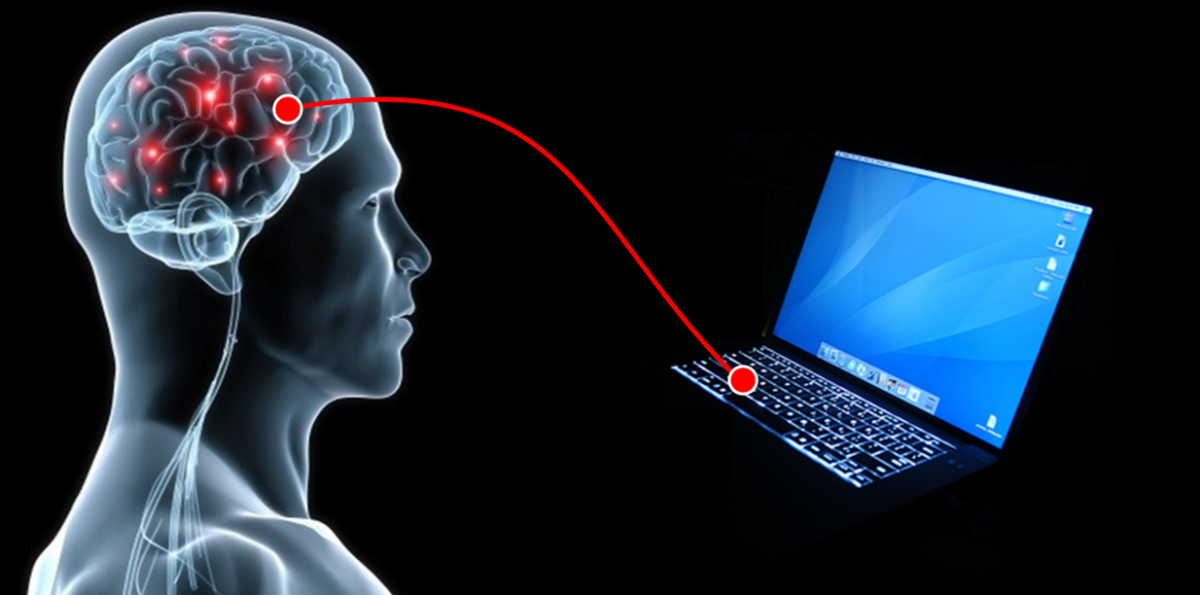Brain computer interface (BCI) allows a direct communication pathway between a brain and an external device. BCI records brain activity and translates it into artificial outputs to provide a new communication channel. BCIs rely on complex and specialized neural signals recorded directly from the brain using invasive or non-invasive methods. Key applications for BCIs include development of neural prosthetics or brain augmentative devices, research into neural regeneration or plasticity, and development of assistive technology. BCIs help improve quality of life for individuals with disabilities by providing direct interaction with physical devices or virtual environments.
The global brain computer interface market is estimated to be valued at US$ 1105.11 Mn in 2024 and is expected to exhibit a 5.0% CAGR over the forecast period of 2024 to 2031.
Key Takeaways
Key players: Key players operating in the brain computer interface market are Neuralink Corporation, Neurable, Emotiv Inc., BitBrain, Alpha Omega, Blackrock Microsystems, LLC, Femtonics Ltd, NeuroNexus, Opto Circuits (India) Limited, BIOTRONIK, Plexon Inc., Noldus Information Technology, NextMind, Nectome, and Paradromics.
Key opportunities: Increasing investments in BCI research, growing applications across healthcare and consumer electronics sectors, and advancements in non-invasive EEG and imaging-based BCIs are expected to create lucrative growth opportunities over the next decade.
Technological advancements: Advancements in integrated circuit designs, electrophysiology, optogenetics, neural imaging modalities like fMRI and NIRS, machine learning algorithms, and brain tissue engineering are driving innovations in invasive and non-invasive BCIs. Advancements in dry, affordable, and wireless EEG systems are also enabling widespread adoption of non-medical BCIs.
Market drivers: Rising incidence of neurological and movement disorders globally, increasing geriatric population susceptible to such conditions, growing demand for alternative communication methods for paralysis patients, expanding applications of BCIs in consumer electronics and gaming industries, and supportive regulatory environment are some key growth drivers for the brain computer interface market.
Current Challenges in Brain Computer Interface Market
Some of the major challenges faced by the global brain computer interface market are high cost of devices, complexity of devices and their implantation process which requires specialized medical expertise along with lengthy R&D cycles. Large capital investment is required for R&D and testing of brain computer interface devices. Neurological disorders are quite complex and understanding brain signals for various disorders is technically challenging. There are still open research questions regarding brain signal decoding, stability and adaptability over long term usage. Devices based on invasive techniques face biocompatibility issues. Regulatory approvals are another challenge due to involvement of implantable medical devices and clinical trials.
SWOT Analysis
Strength: Non-invasive BCIs Brain Computer Interface Market Demand have advantages of being risk free. Invasive devices provide higher resolution signals. Emerging technologies like augmented reality, virtual reality, Internet of Things provide opportunities to integrate BCIs.
Weakness: Invasive techniques are risky and require surgery. Non-invasive methods have relatively low resolution. Device portability and battery life needs improvement.
Opportunity: Growing consumer applications in gaming, virtual reality, media, design provides commercial opportunities. Rising incidence of neurological disorders and injuries increases addressable market size.
Threats: Intense competition from global tech giants. Stringent regulatory norms and compliance requirements. Data privacy and security threats involved in brain data.
North America is currently the largest geographical market for brain computer interface devices due to presence of major players and availability of reimbursements. The region accounted for over 35% of global market share in 2022 due to high adoption rates and technological advancements. Asia Pacific is projected to become the fastest growing regional market between 2024-2030 with market growth estimated at over 8%. This is attributed to rising geriatric population, growing disposable incomes, increasing investments by regional players and expansion activities by global market leaders in countries like India and China.
In terms of value concentration, North America and Western Europe together currently account for around 60-65% of global brain computer interface device market as major players are based in these regions. The U.S., Germany, U.K., France, Canada are some of the top country markets. However, emerging regions like Asia Pacific and Latin America are also expected to witness higher than global average growth rates in coming years.
*Note:
1. Source: Coherent Market Insights, Public sources, Desk research
2. We have leveraged AI tools to mine information and compile it.




